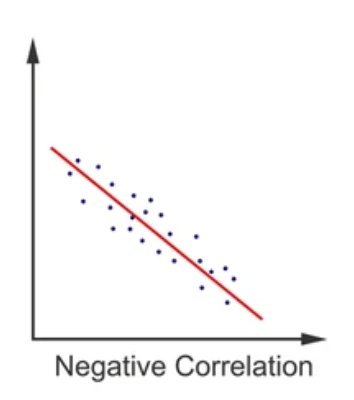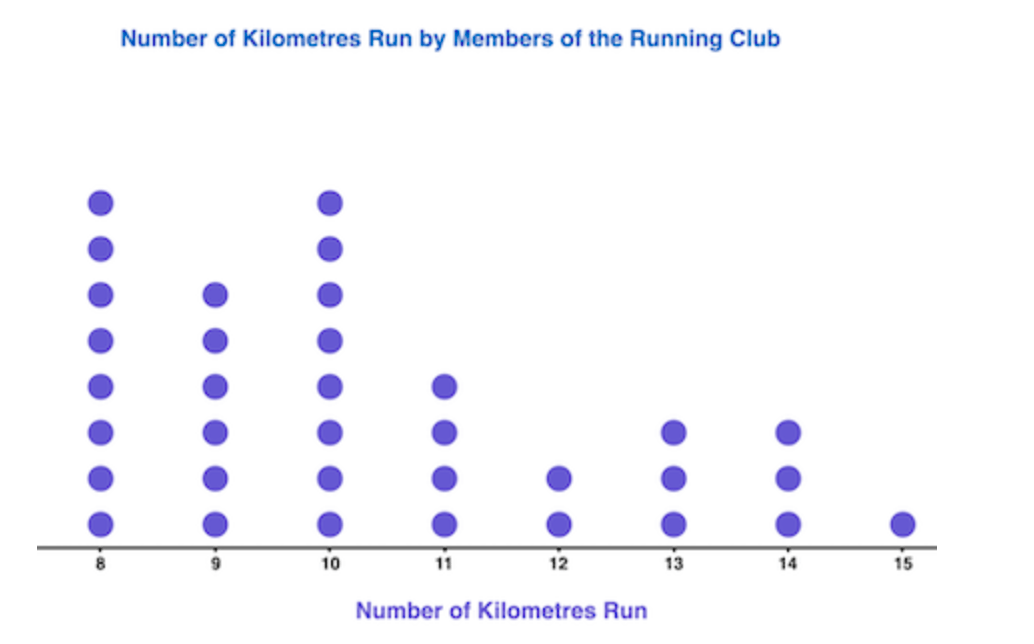What is quantitative data?
Mean
The strength and direction of this scatterplot
What is strong and negative?
A sample where every person has an equal chance of being selected and every GROUP has an equal chance of being selected.
What is a simple random sample?
The shape of this distribution. 
What is skew right?
The measure of spread usually given with mean.
What is standard deviation?
What is the residual?
A study where a researcher is NOT enacting a treatment, but is only watching and collecting data based on established conditions.
What is an observational study?
The percent of data in the green box. 
What is 50%?
75% of the individuals are below this height.

What is 64 inches?
If r = .987 and there are no outliers, FODS.
What is linear, no outliers, positive, and strong?
A bias that results due to a group systematically choosing not to participate in a study, though they were asked.
What is non-response bias?
Alice has a female dog with a weight of 69 lbs. If the breed average is 66 with a standard deviation of 6 lbs, the percent of dogs above hers in weight.
0.309
If a distribution is skew right, the best summary statistics to use for center and spread.
What are median and IQR?
If a pattern is seen in the residual plot, the form of the line.
What is non-linear?
An experiment in which the subject does not know if they are receiving a treatment or a placebo
What is a blind experiment?
Boys and girls have different golf averages. A boy has a z score at a certain course of 1.6. If the girl's average for this course has a mean of 78 and standard deviation of 5, the score a girl would shoot to have this same z-score.
What is 86?
The summary statistics are: Min = 60, Q1 = 65, Median = 75, Q3 = 80, and Max = 95, the value of an outlier in the lower direction?
What is 42.5?
In the equation describing the hours studied and the math grade received (grade = 56.2 + 14.5hours), the 14.5.
What is the slope? (The grade goes up 14.5 points per hour spent studying.)
Replication
Control
Randomization
Comparision
What are the four principles of experimental design?